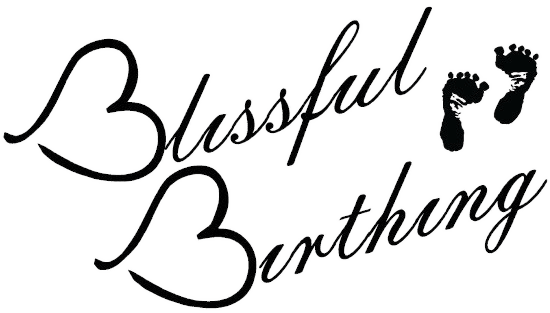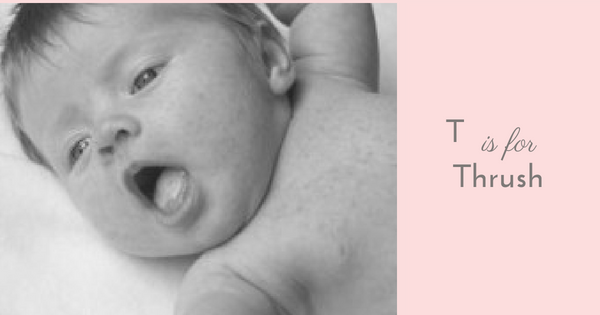You probably know thrush as a fungal infection that breastfeeding mothers may have to worry about, but did you know that your bottle-fed baby can develop it, too? Thrush is an infection that appears as white film (that won’t wipe off easily) on the tongue or cheeks. Candida albicans, a yeast-like fungus, causes thrush. C. albicans’ presence is not abnormal and small amounts of this fungus lives in the mouth, intestinal tract, and vagina most of the time. Normally our immune system keeps it in check. However, weakened or immature immune systems (such as those of babies) may present the fungus the opportunity to overgrow. Candida overgrowth can also occur after a round of antibiotics because this medicine reduces the presence of healthy bacteria in the mouth, providing room for the fungus to spread.
What should I look out for?
Thrush is most common in babies younger than 2 months of age. It typically presents as a white or yellowish film on the surfaces of the mouth that does not easily wipe off; at times you may notice your baby having trouble with feedings. If you are breast feeding, you may also get thrush. Your nipples may:
- burn or feel sore
- be red or shiny
- leak discharge
- appear flaky or crusty
How do we treat thrush?
Depending on how severe the case is your child’s pediatrician may suggest several options for treatment. It is possible that no treatment would be prescribed and you would be instructed to monitor both your baby and yourself. An antifungal may be prescribed; if you are nursing you may be advised to treat both of you to prevent passing it back and forth. Natural remedies do exist, but we recommend speaking with a pediatrician before diagnosing or treating a possible case of thrush.
Prevention/Limiting the Duration
The best thing you can do to lessen the duration of an infection with thrush is to seek treatment as soon as it is suspected. Strictly follow the treatment advice prescribed by the doctor.
If you are breastfeeding, do not use breast pads that have a plastic barrier, as this can encourage the growth of fungus. Pat your breasts dry after each feeding to eliminate the warm, moist environment that fungi thrive in.
If you are pumping or bottle feeding, wash pump parts and bottles thoroughly and with hot water after each use. Pump parts should be sterilized once daily. If you are battling an active thrush infection, bottles should also be sterilized daily. The recommended way to sterilize is to place bottles in boiling water for 10 minutes, remove, and allow to air dry.
If your baby takes a pacifier:
- you should wash it once daily, and sterilize every few days, as a preventative measure.
- and you and your baby are actively battling thrush, change the pacifier throughout the day. Daily sterilization is strongly recommended.
Next in this Series
U is for Ultrasound
V is for Vernix
W is for Water
This article is for educational purposes only. The information provided cannot diagnose, treat, cure, or prevent any disease. It does not intended to take the place of advice from your healthcare professional. Please seek medical treatment if you suspect you or your baby has thrush or any other medical condition.

